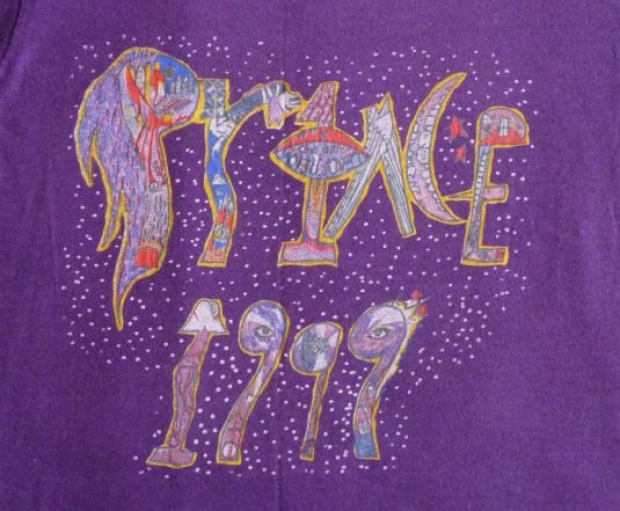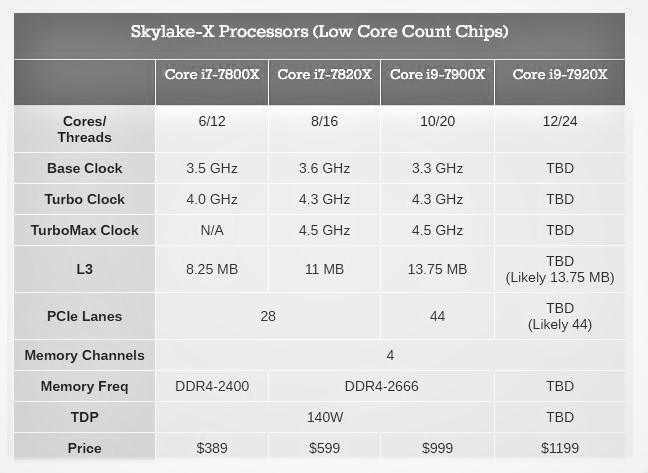The last generation, Broadwell-E, offered two six-cores, one eight-core , and a top-tier 10-core processor. The two six-core parts differed in terms of PCIe lane count.
Now it seems that Intel will launch four Skylake-X processors based on the LCC die, which for this platform will have a maximum of 12 cores. All processors have hyperthreading.
The Core i7-7800X, runs at 3.5 GHz with a 4.0 GHz turbo. This design lacks Intel’s ‘favoured core’ Turbo 3.0 technology, but will have six cores, support quad-channel memory at DDR4-2400, at a TDP of 140W, have 28 PCIe lanes, and retail for around $400.
This processor will be the entry level for those who want quad-channel memory but don’t need lots of cores or have a more limited budget.
The Core i7-7820X is an eight-core processor, with an LCC base clock of 3.6 GHz and the joint-highest turbo settings. That means 4.3 GHz for regular turbo and 4.5 GHz for the favoured core. It has support for DDR4-2666 memory. This CPU supports 28 PCIe lanes as Intel is using the PCIe lane allocation as another differentiator. It runs at 140W, and comes in at $600 and will compete directly against AMD’s Ryzen 7 1800X. It will be a generation behind in IPC but $100 cheaper.
Next is something with a Core i9 name which will have 44 PCIe lanes. We only have details on the Core i9-7900X. This is a ten-core processor, running with a 3.3 GHz base, a 4.3 GHz turbo and a 4.5 GHz favoured core. It supports DDR4-2666 and has a TDP of 140W. At this level, Intel is now going to charge $100/core, so this 10-core part runs in at a $999.
This makes Intel’s pricing look more reasonable. For Ivy Bridge-E, the top SKU was $999 for six-cores. For Haswell-E, the top SKU was $999 for eight-cores. For Broadwell-E the top SKU for 10-cores should have been $999, but Intel pushed it to $1721. Perhaps because AMD was not providing it with serious competition.
For Skylake-X the 10-core part is the $999, which is what we expected the Broadwell-E based Core i7-6950X to be.


